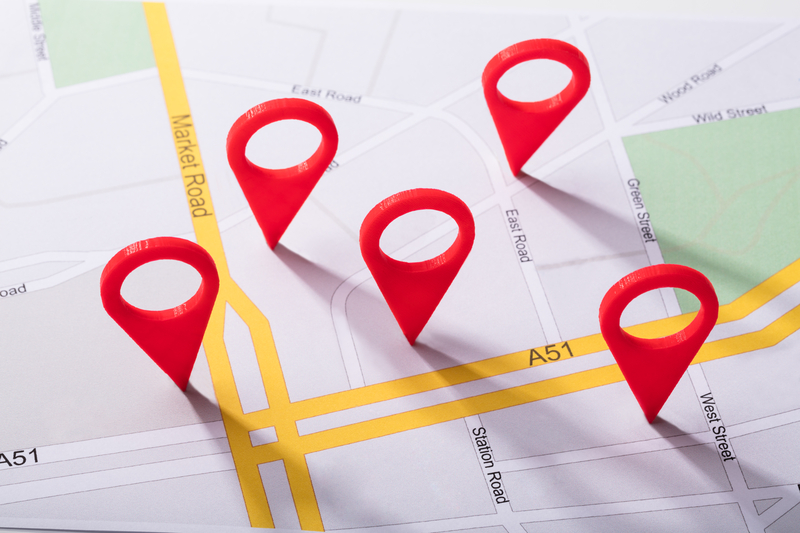
Photo: Andrey Popov | Dreamstime.com
UK unveils public sector guidance on valuing location data
17 August 2022
by Sarah Wray
The UK’s Geospatial Commission has published guidance to help public sector organisations including local authorities make more effective cases for investing in location data.
The Commission said that location data is a “strategic national asset” that supports key government priorities such as net zero and levelling up, and played an important role in managing the COVID-19 pandemic. However, public sector stakeholders have often struggled to evaluate the economic, social and environmental value of location data, “constraining their ability to unlock funding.”
The new seven-step framework focuses on the evidence required to make investment decisions and sets out an approach to understanding, assessing and articulating the value of a location data project, from the inception stage to the presentation of benefits. The guidance was created in collaboration with consultancy firm Frontier Economics and can also be applied to data investments more broadly.
Thalia Baldwin, Commissioner of the Geospatial Commission, said: “Linking data to location improves analysis, decisions and outcomes. It is vital that the public sector invests to maintain our strategic national geospatial assets. Our guidance will support organisations to make a coherent and persuasive case for improved geospatial data.”
Challenges
Obstacles include the fact that value is often realised only when location data is combined with other datasets and that value varies depending on the intended use – for example, mobile phone data could be considered more valuable for understanding total hourly footfall on high streets, but less valuable for understanding priority land preservation areas.
The report notes that some data may have limited use today but become valuable in the future through advances in processing capability and technology or new societal needs. Some indirect value also proves hard to quantify, such as reduced emissions and improved health outcomes achieved through using location data for better routing and to cut congestion.
Examples
From 2009, Transport for London (TfL) made data on timetables, arrivals/departures, service status and disruption openly available to users in stages. According to a 2017 analysis, over 600 apps were released based on TfL data. Annual economic benefits and savings were calclated to be up to £130 million (US$157 million) and 500 jobs were generated in London as a result of the data-sharing and subsequent commercial usage.
Other geospatial investment examples cited include the UK’s National Underground Asset Register and the Ordnance Survey’s Public Sector Geospatial Agreement.
A recent report commissioned by GeoPlace LLP and conducted by location strategy firm ConsultingWhere found that greater use of address and street data by local authorities in England and Wales could generate £384 million in savings from 2022 to 2026. This represents an enhanced return on investment of approximately 6:1, meaning that every £1 invested in using address and street data more effectively could deliver £6 in cost efficiencies and increased revenue. Savings were deemed most likely in adult social care, education, planning, and environmental health and data integration.
ConsultingWhere highlighted several barriers to local authorities using location data, including a lack of funds; a lack of resources to integrate systems and use the data effectively; and poor management awareness of the benefits. In addition, local authorities often have concerns about personal data.
In June, the Geospatial Commission published a policy paper on ethics and building public confidence around location data.









